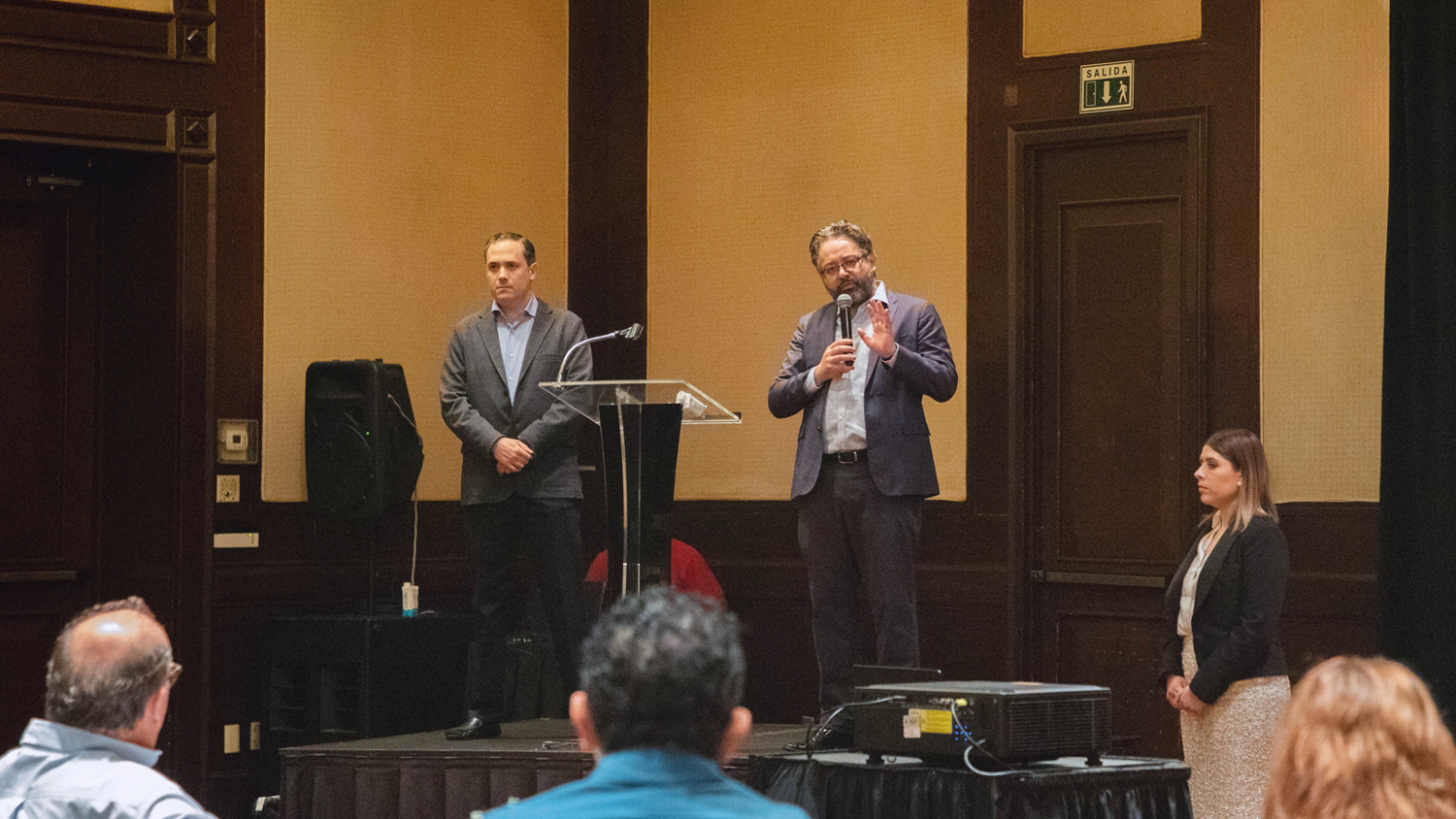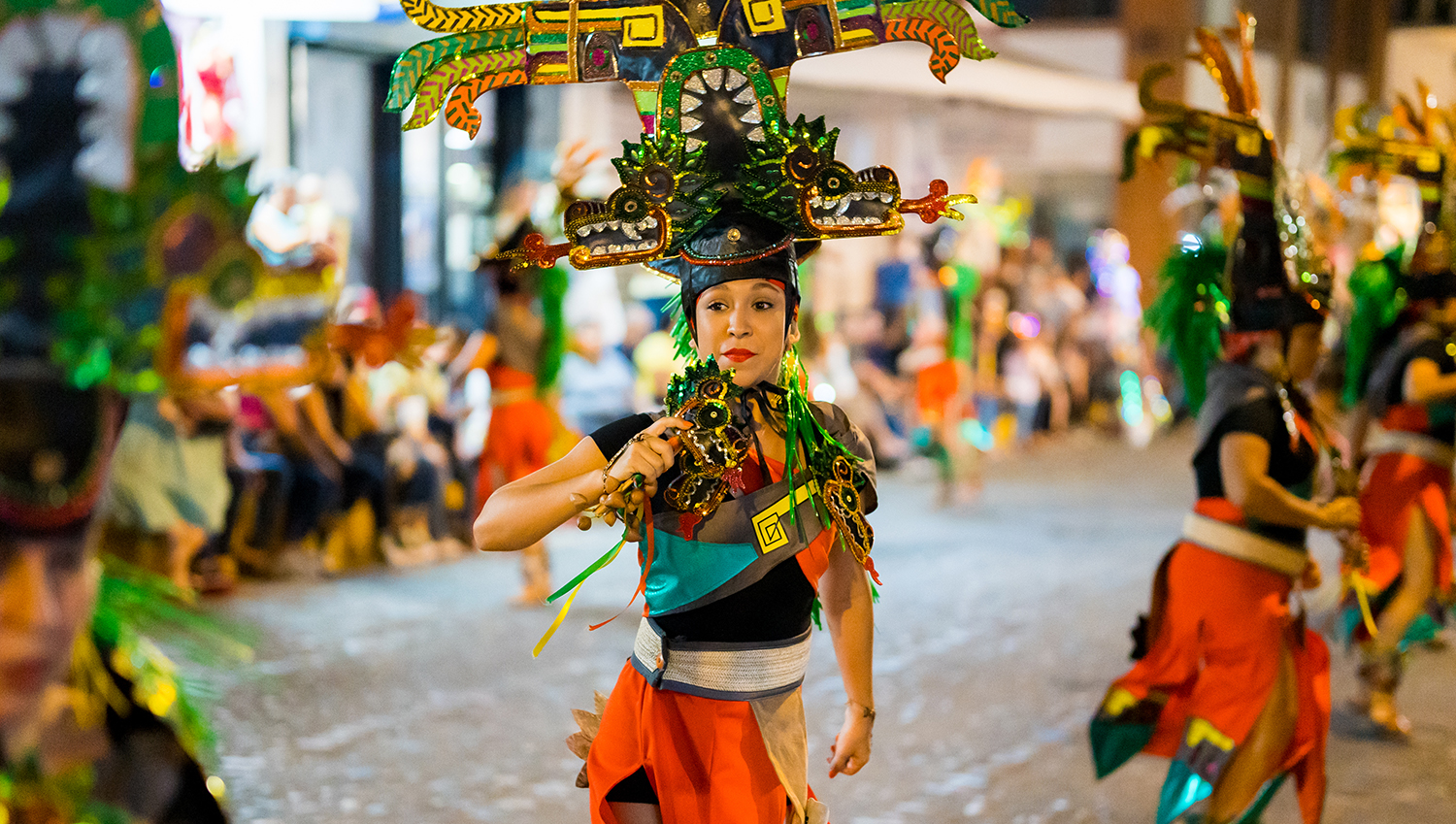Riviera Nayarit is much more than a paradise of golden beaches and idyllic landscapes; it is a land steeped in history and traditions that have endured for centuries. Among its greatest cultural treasures are the indigenous Wixárika and Cora peoples, guardians of an invaluable heritage that enriches Mexico’s identity. Their legacy remains alive through ceremonies, art, and customs that offer visitors a unique window into the ancestral heritage of the region.
THE WIXÁRIKA AND THE SACRED ISLAND OF TATÉI HARAMARA
The Wixárika people, also known as Huichol, are one of the four indigenous groups that make up the Gran Nayar region. Although their presence extends across several states in Mexico, it is in Nayarit where they maintain deeply rooted communities with strong ancestral beliefs and rituals.
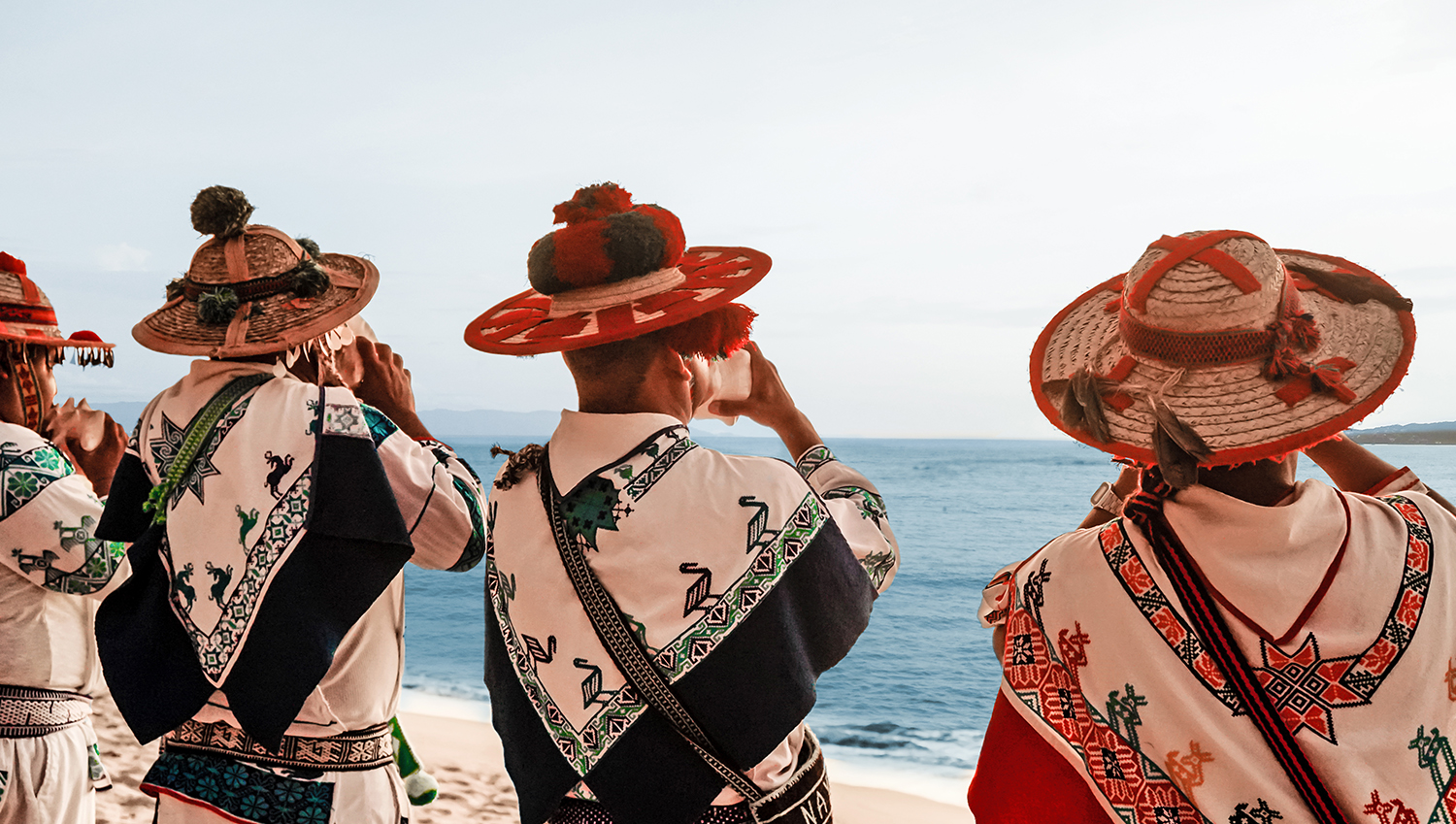
One of the most emblematic sacred sites for this community is Tatéi Haramara, an island located off the coast of San Blas, where the Wixárika worship Haramara, the Goddess of the Sea. According to their worldview, this deity, represented by a large white rock, is the mother of all living beings and the origin of the world. Tradition narrates that it was the first solid object on Earth and that from it emerged the rivers and oceans, sustaining all forms of life.
Every year, the Wixárika hold ceremonies at this sacred site, making offerings and performing rituals that symbolize their deep respect for nature. In a gesture of cultural openness, they allow travelers to witness this spiritual experience, guided by the guardians of their traditions. It is a moment of connection with the ancestral, framed by the majesty of the ocean and the mystical energy of the surroundings.
THE CORA PEOPLE AND THEIR CULTURAL RESILIENCE
The Cora, another fundamental indigenous group in the history of Nayarit, have preserved their identity despite assimilation attempts since colonial times. Their culture remains alive through festivities that reflect their relationship with the land and their unique worldview.
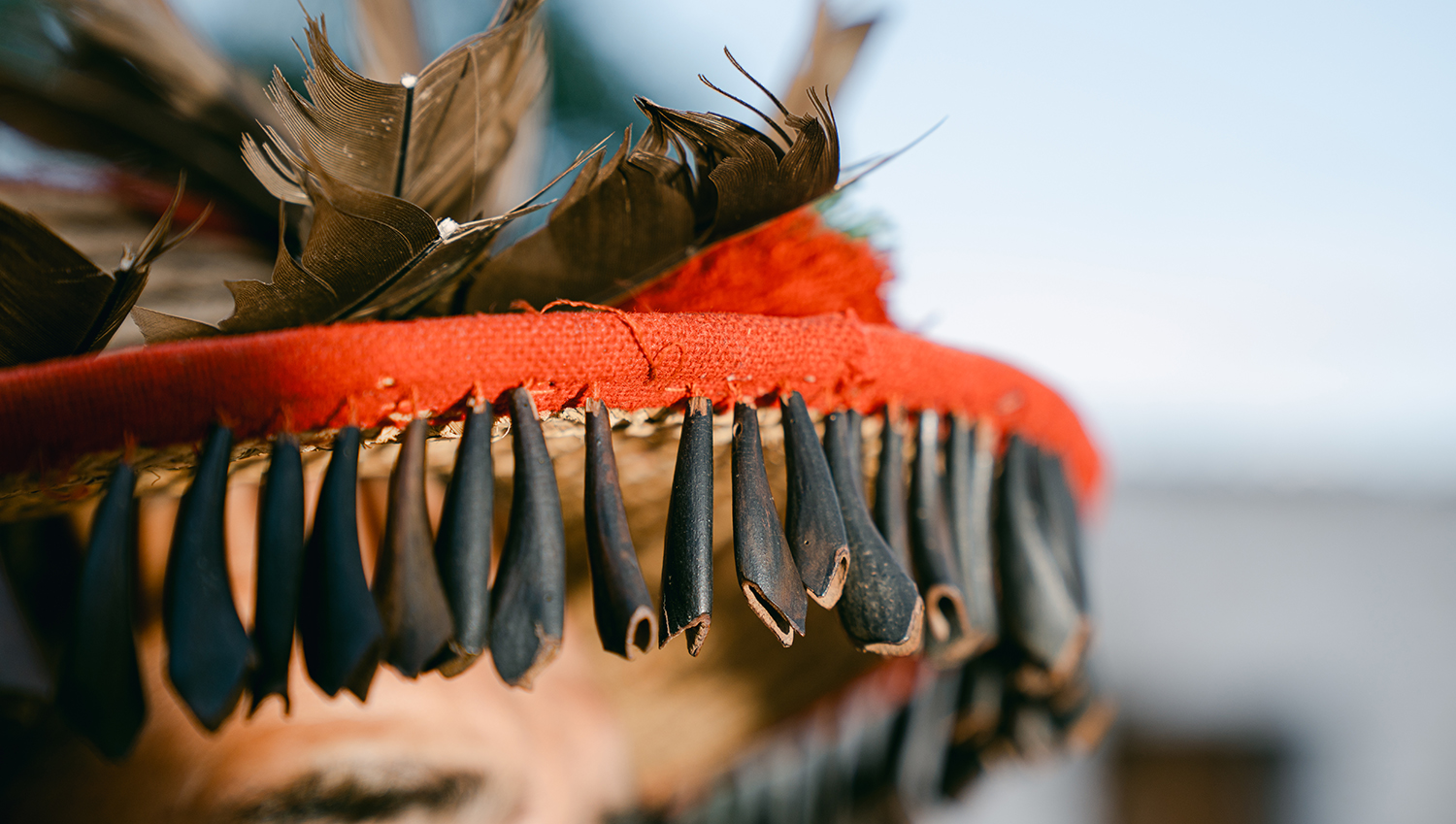
One of their most significant celebrations is the Drum Festival, held each autumn in honor of the natural elements, especially corn, considered a sacred symbol of life and sustenance. In the community of El Roble, the Corn Festival is also celebrated, recognizing the importance of this grain as a pillar of their tradition.
Another emblematic event is La Judea or Cora Holy Week, a festival in which the inhabitants of various communities, such as Jesús María, reinterpret the Passion of Christ according to their beliefs. During the celebration, figures such as The Centurions and The Black and White Demons appear, creating a symbolic representation of good and evil, as well as the fertility of the land. This Cora Holy Week is a unique experience that immerses visitors in a world where pre-Hispanic tradition and colonial influences coexist in an expression of faith and cultural resistance.
A LIVING HERITAGE FOR THE WORLD
Witnessing these traditions not only enriches the experience of those visiting Riviera Nayarit but also reinforces the importance of preserving these living cultures. From the devotion at Tatéi Haramara to the celebrations in Cora communities, each ritual is an invitation to understand the worldview of these peoples and their deep connection with nature.
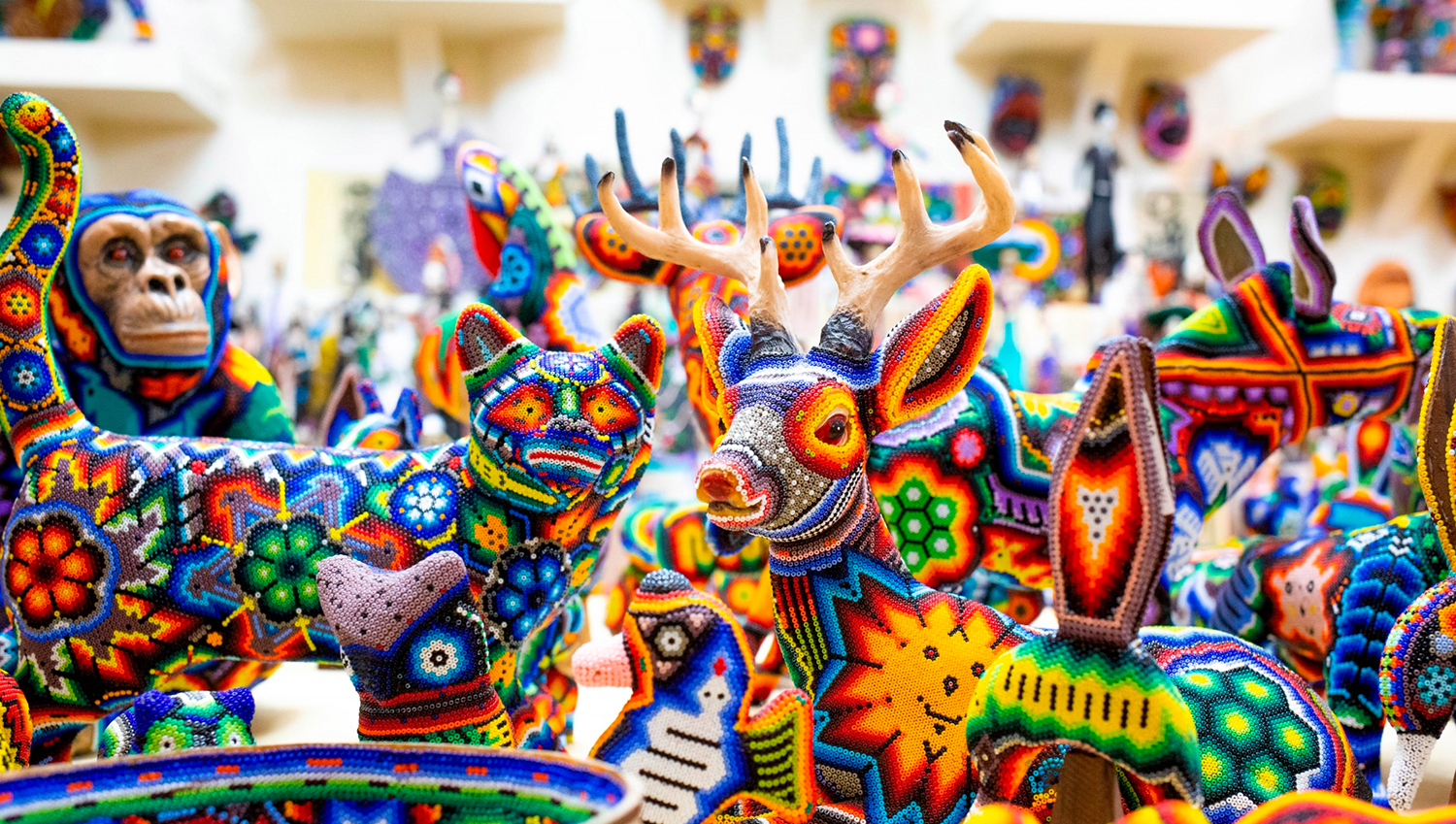
Riviera Nayarit is a place where history and tradition intertwine, offering travelers an authentic and enriching experience. Exploring this cultural legacy is a way of honoring those who have kept these customs alive through time, ensuring that the Wixárika and Cora heritage continues to inspire future generations.


